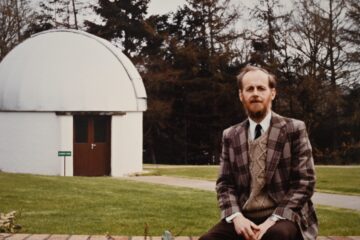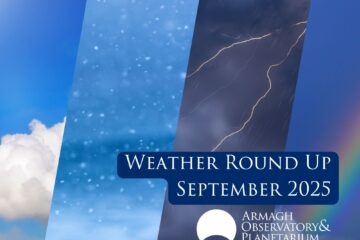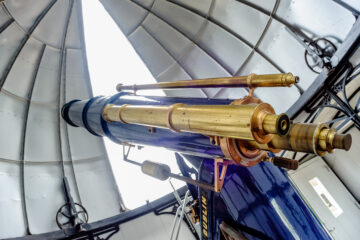Martina Glass looks at the morning sky and what treats it has for us!
For thousands of years people used the stars to tell stories, mark the changes in seasons and to help navigate, but even with today’s technological advances many people now know less than those early cultures did. As many people have a little more time on their hands at the minute here are some things to look out for in the early morning sky. Whether you’re normally an early bird, or up early to get a walk in or do some work before everyone wakes, here are some must see sights!
Sunrise
We have been enjoying beautiful clear skies at the minute and although sunrise is getting earlier, 5:45am by the end of April and around 5am by the end of May, it is a wonderful sight to see and set you up for the day. Watch the Sun rise in the East, the darkness break, the sky turn pink accompanied by the birds singing and marvel in the beauty that is our universe.
Spot the Planets
A planetary treat for the early risers, Jupiter, Saturn and Mars are visible in the pre-dawn sky from around 4am until day break. Jupiter is the largest planet in the Solar System and will be shining like a bright star in the southern sky. Look slightly to the left and you should see another bright star-like object. This is Saturn, the second largest planet. If you have a small telescope or even binoculars it is possible to see Saturn’s rings or Jupiter’s Moons but they’re still impressive with the naked eye. Look south east, almost in a diagonal line down towards the horizon from Jupiter, for your hat-trick of planets. Look for a dimmer, orange hued star-like object near the horizon, this is Mars.
The International Space Station ISS
The ISS is a huge science lab in space in which astronauts are working and living and have been since the year 2000. The ISS is travelling at a staggering 17, 500mph and can travel around the Earth is just 89 mins. Throughout May the ISS passes over Northern Ireland in the early hours of the morning at 4:21am on the 1st of May. Check out www.heavens-above.com for exact ISS flyover times for your location.
Full Moon
The Moon takes 29.5 days to complete its orbit around the Earth so it passes the Sun in the sky once every 29.5 days (called a New Moon) and then moves slowly away from the Sun until it is exactly opposite the Sun (called a Full Moon) two weeks later. The next full moon is on the 7th of May, the early hours before sunrise will be the best time to see this third Supermoon of the year. A supermoon is when the Moon is at its closest point to Earth in its orbit, so the Moon will appear slightly larger than normal. This Moon is also called the Super Flower Moon, as it was often noticed that at this time of the year many flowers were blooming and Spring was in full force. For a week after a full moon, the moon will be best observed in the early morning sky.
So hopefully some of those wonderful sights attract you to set the alarm a little bit earlier because the early bird really does catch the worm. Fingers crossed for clear skies for a little while longer!



0 Comments